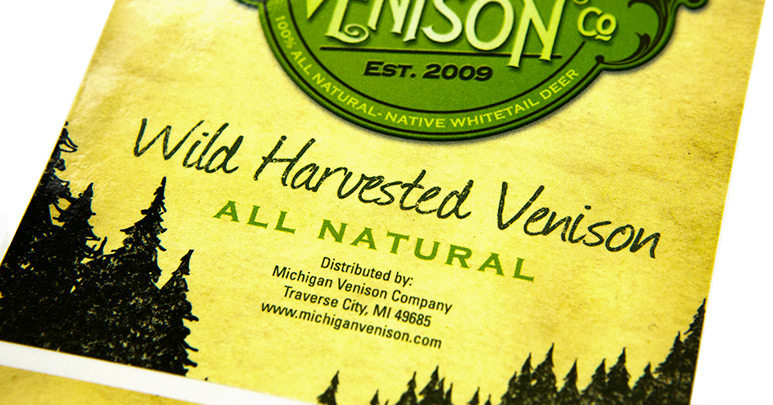
With the rise of organic and “free-from” products, more people are paying attention to food labels than ever before, which has led to questions over what the term “natural” actually means. According to a study* by the National Marketing Institute, there’s quite a bit of confusion. The study revealed that 36% of U.S. consumers don’t believe there is a difference between “natural” and “organic,” while 46% believe the government regulates the use of the word “natural” for food labeling. Confusion over food label terms has pushed the Food and Drug Administration (FDA) to reconsider its “natural” labeling policy and start accepting comments from the public regarding how “natural” should be defined. Here’s what you need to know about these possible changes and how to get your food labels up to speed without majorly disrupting your business.
Tell The FDA What You Think
On November 12, the FDA started accepting public comments on “natural” food labeling, and will continue to accept comments until May 10, 2016*. They’re encouraging the public to submit thoughts on the following questions:
- Is it appropriate to define the term “natural”?
- If so, how should the agency define “natural”?
- How should the agency determine the appropriate use of the term on food labels?
The FDA opening up the discussion on “natural” is a good indicator that changes are on the way. Whether you regularly buy food labels or read them for health reasons, here’s what’s going on with the “natural” term.
Current Labeling Policy “Natural”-ly Vague
While the FDA doesn’t have a formal definition for the term “natural,” they do have a policy on using “natural” on labels for human food products. According to its website:
The FDA has considered the term “natural” to mean that nothing artificial or synthetic (including all color additives regardless of source) has been included in, or has been added to, a food that would not normally be expected to be in that food.
The problem with the policy, however, is that it doesn’t take into account food production methods (e.g. use of pesticides), food processing, or manufacturing methods. When the policy was created, the FDA also didn’t consider whether “natural” should describe any nutritional or health benefits.
If your product is labeled as “natural,” there is no real reason to change your labels until a final decision is made, but there are a couple things you can do to prepare your business (and your food labels) for a smooth transition.
Tips for Communicating “Natural” on Food Labels
With consumers asking more questions about their food, the information on product labels is essential to attracting and keeping consumers. Changes to the FDA’s “natural” policy aren’t happening for a while, but that doesn’t mean you can’t adjust your labeling strategy to get an edge on your competition. Here’s how….
- Be clear about what makes your product “natural”: Although the FDA’s definition of “natural” is evolving, you can give customers valuable information about your product by telling them what makes your product natural, whether it’s the ingredients, how it’s sourced, etc. If your food labels are too small to include all that information, add a QR code or website link where customers can learn more about your product’s naturalness.
- Achieve a “natural” look and feel through artwork/materials: Design is a powerful tool for expressing feelings to buyers, be it luxury, youthfulness, or in this case, assurance that it is natural. Whether it’s by using earthy colors, images of plants and animals, or label materials with a rougher texture like matte paper and kraft brown paper.
- Unleash your inner wordsmith: You don’t have to specifically say “natural” on food labels to give off a natural vibe. Using other words beside “natural” can not only make your text more interesting to read, it can also help you avoid violating the FDA’s natural labeling policy. For example, you can use words like fresh, simple, raw, original, unprocessed or untouched to help your brand create an image of “natural” to consumers.
- Update product information with cover-up labels: If you don’t have the time or resources to redesign your labels, you can always consider cover-up labels to make changes when new regulations go into place. Custom cover-up labels allow you to quickly hide old information without having to change your label design or throw away your label inventory. It’s a win-win!
We understand that creating or updating food labels can be stressful, but hopefully this information has given you some ideas on how to improve your labeling strategy while complying with FDA regulations. Since the FDA won’t be making a final decision anytime soon, please subscribe to our newsletter to get any breaking developments on “natural” food labeling.
*Study conducted in Jan. 2015
*Original comment deadline was Feb. 10, 2016. FDA extended the deadline in Dec. 2015


